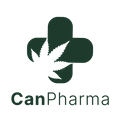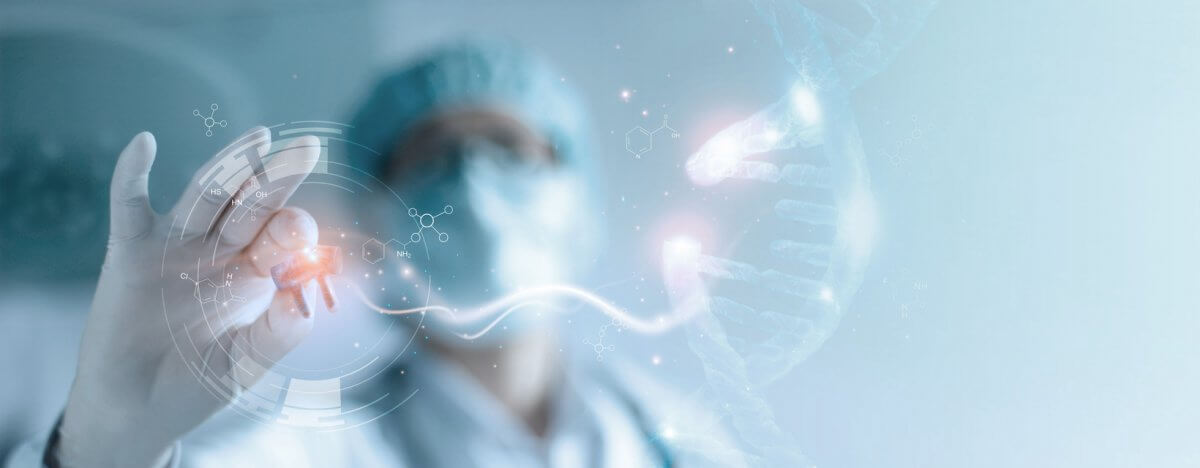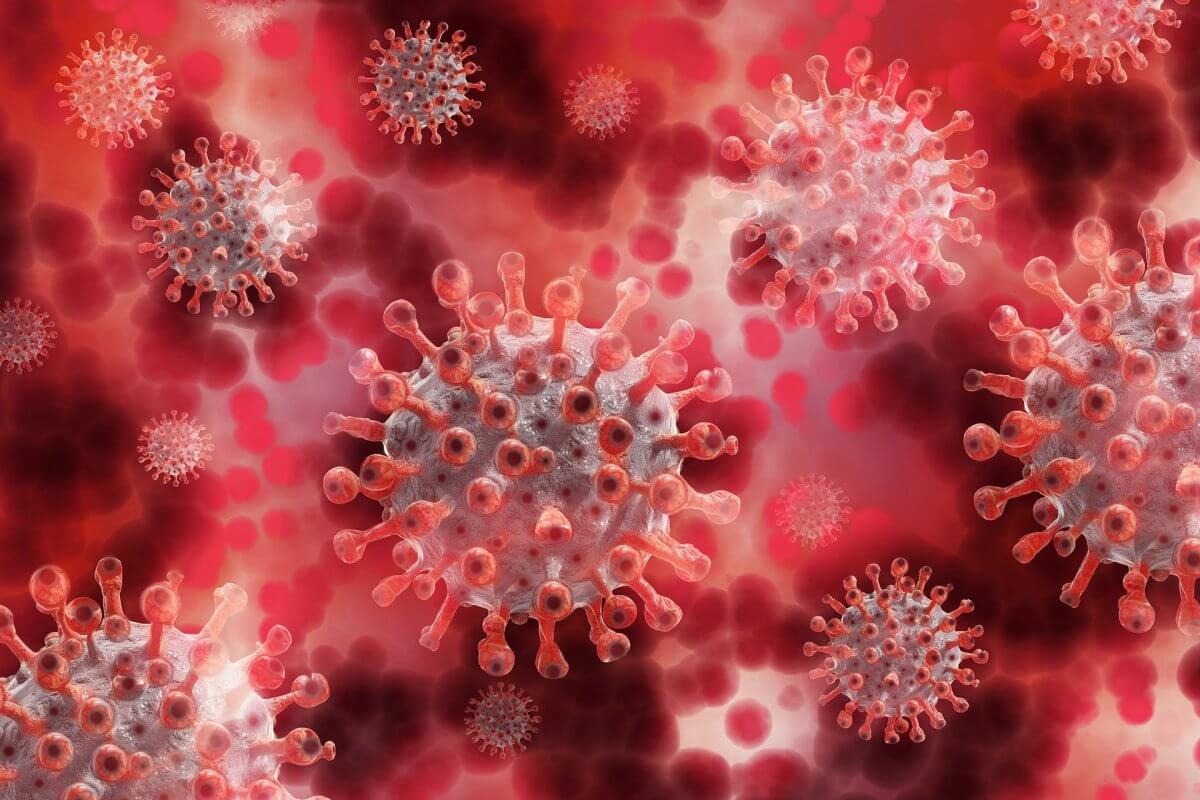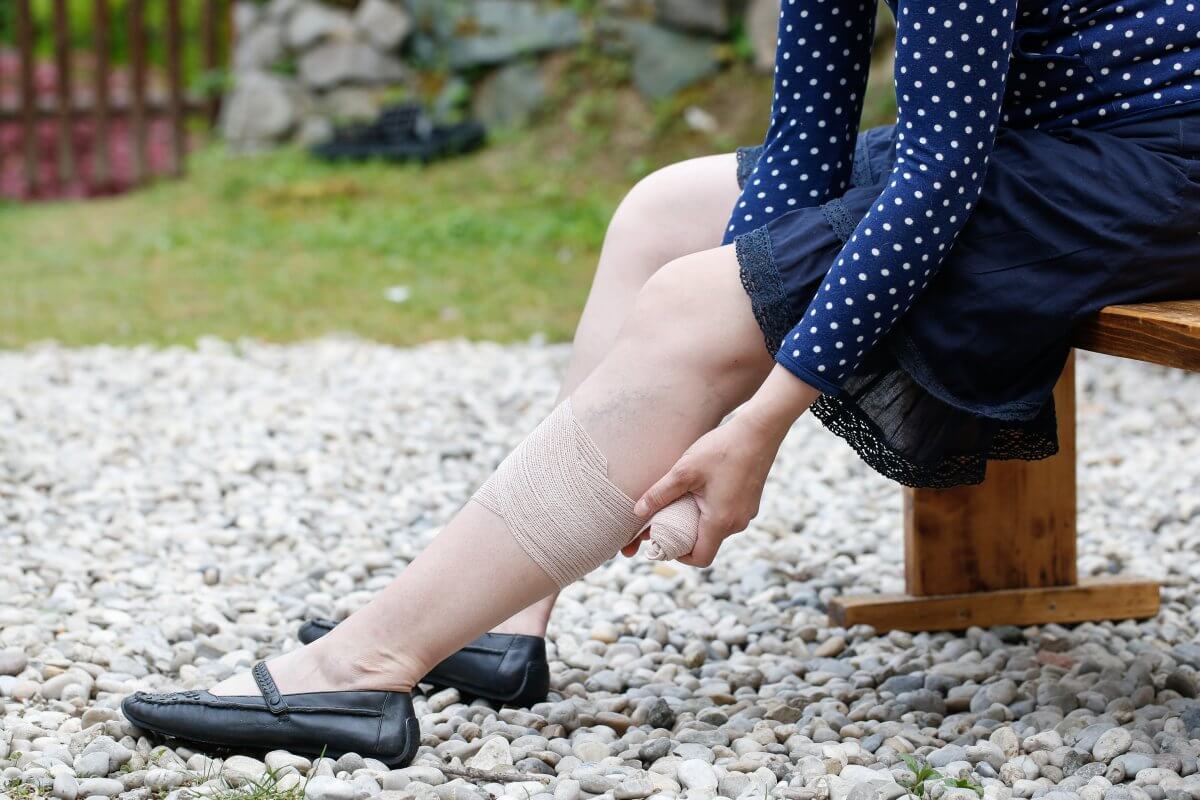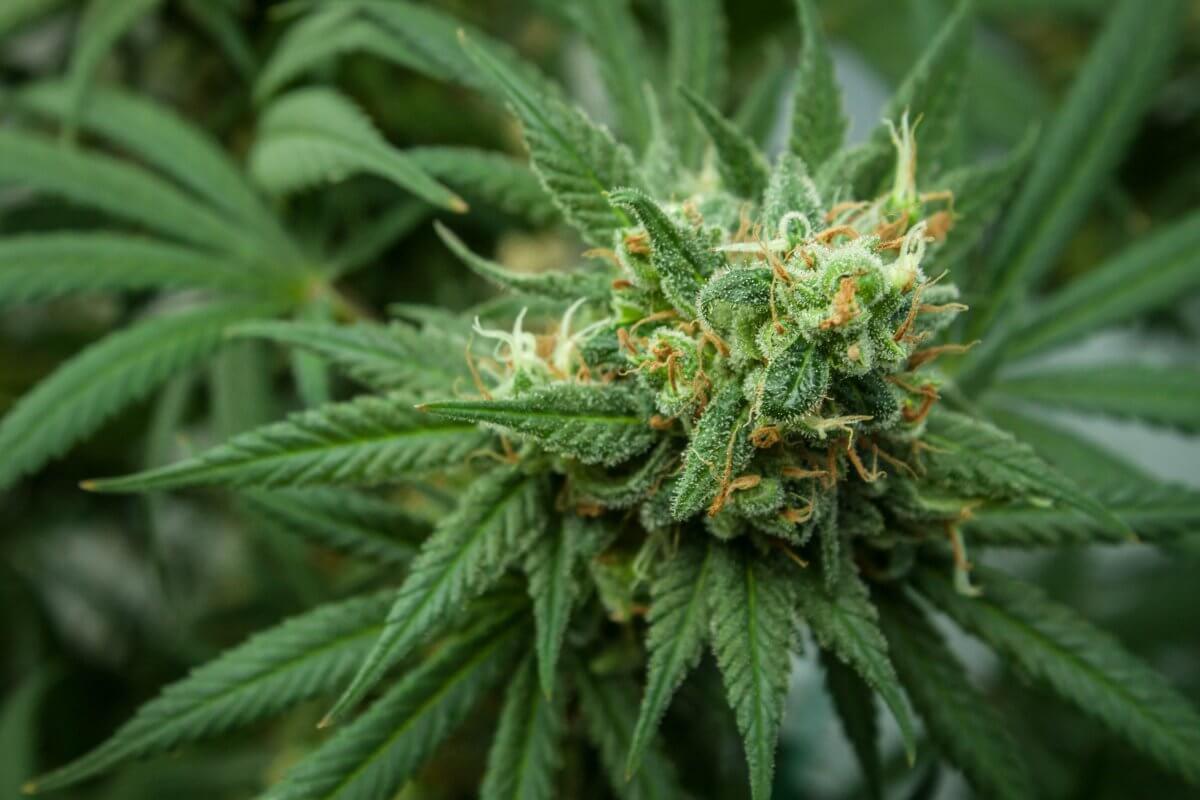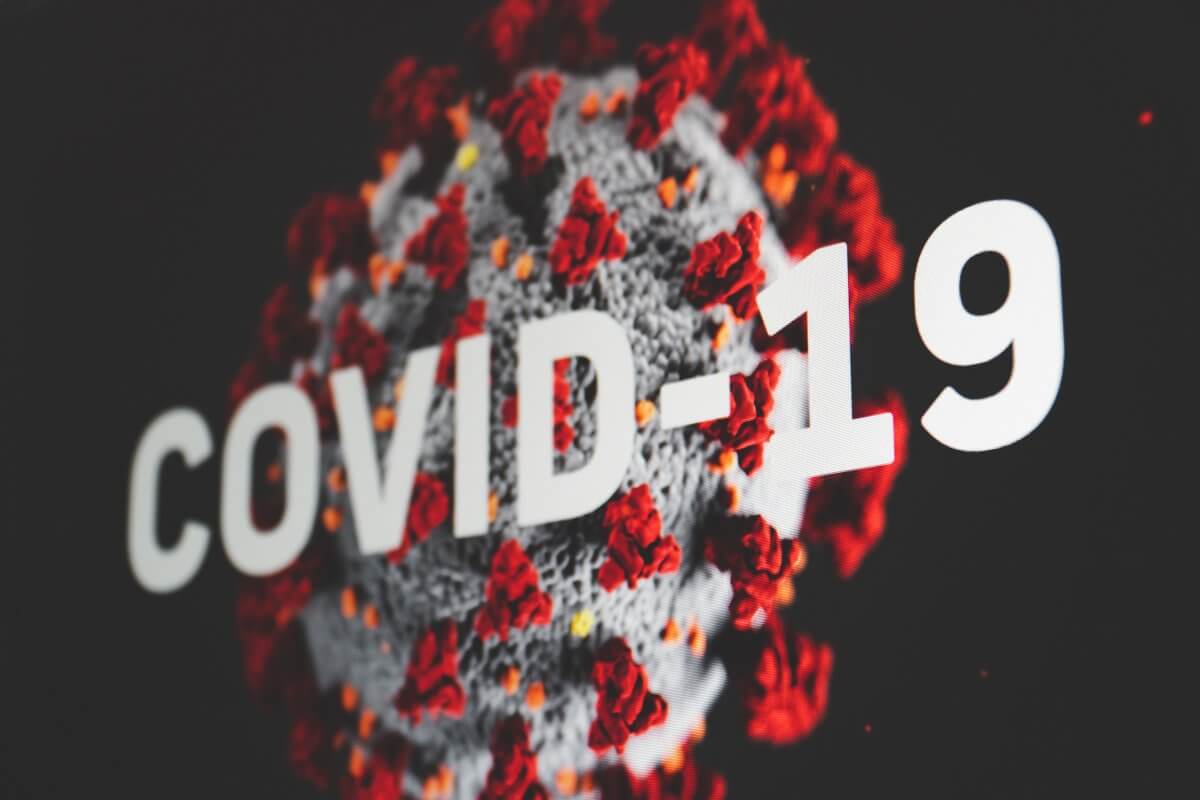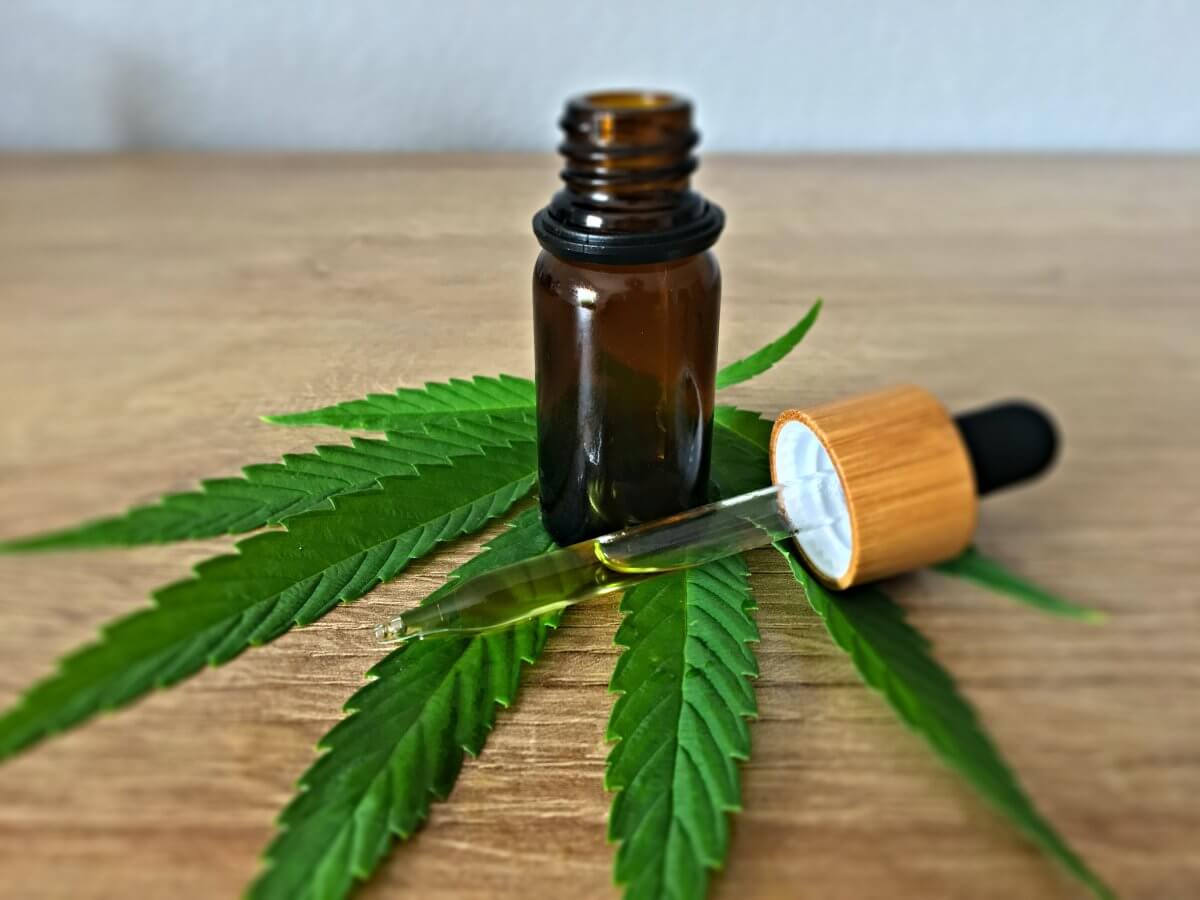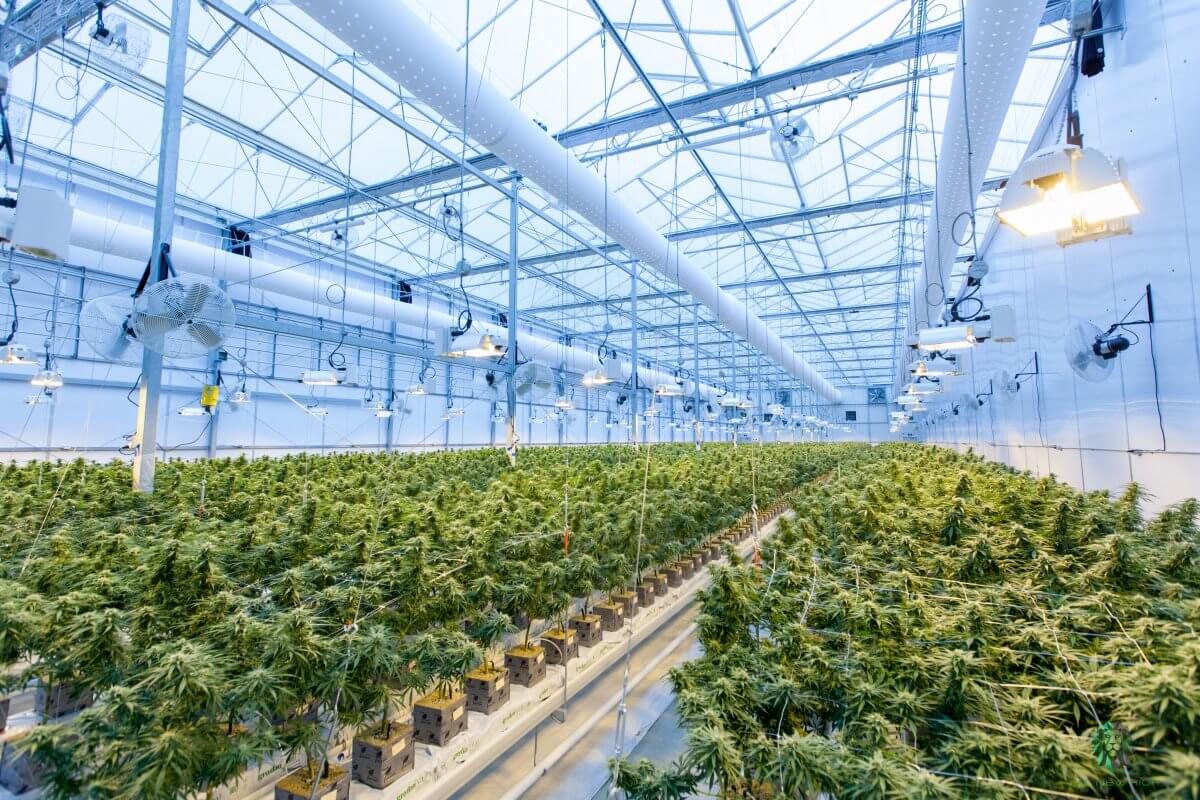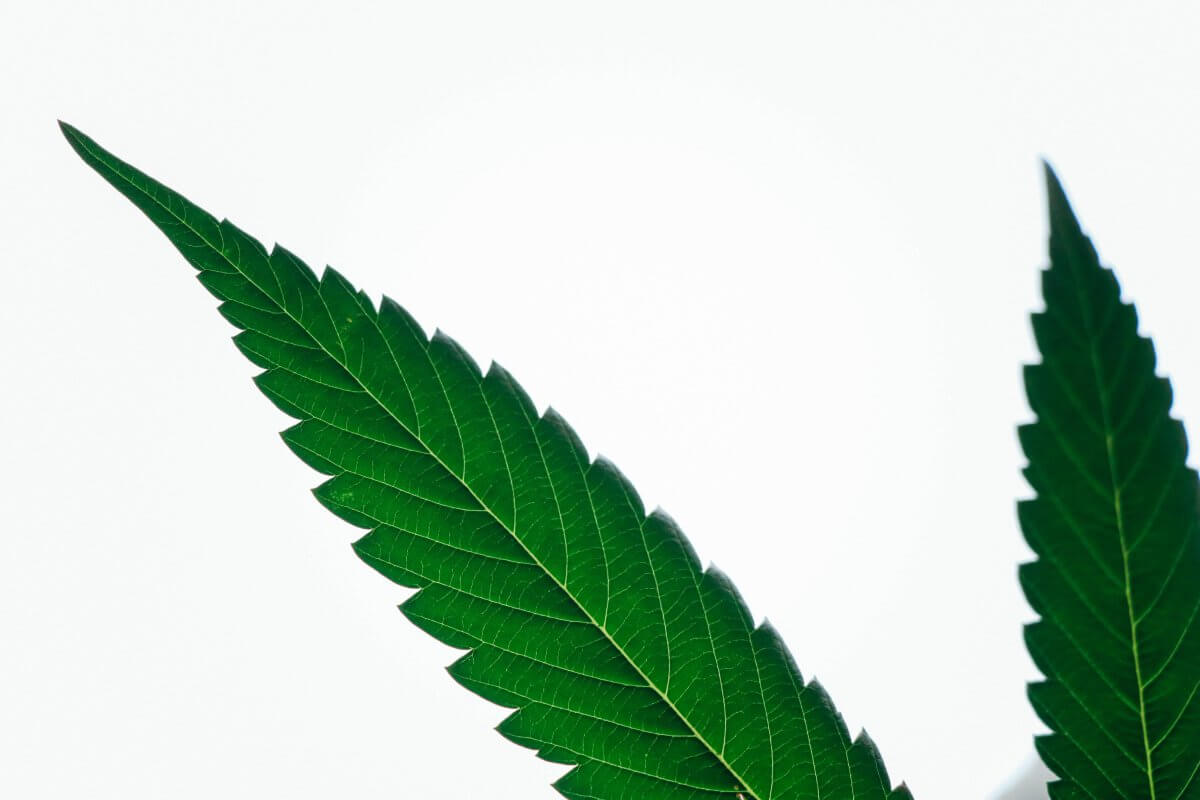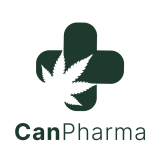According to the GAMSI report of the statutory health insurance funds in Germany, medical cannabis is becoming increasingly important in the treatment of diseases. In 2020, sales of cannabis-based medicines grew to 165 million euros. 16 million euros of this fell on March alone – the record month in terms of sales. Prescriptions of medical cannabis also increased in 2020 by 27 percent compared to the previous year. Cannabis flowers in unprocessed form or as preparations were prescribed most frequently. Prescriptions for cannabinoid preparations such as dronabinol capsules and finished medicines also rose sharply. From 2019 to 2020, the increase here was 76 percent.
Turnover of cannabis prescriptions increases by 34
In 2020, around 340,000 prescriptions for cannabis-based medicines, flowers and prescriptions were issued by doctors. This is an increase of 27 percent compared to around 267,000 prescriptions in 2019.
This also means an increase in gross sales, which climbed to 165 million euros. In 2019, medical cannabis recorded gross sales of 123 million euros. This means that sales increased by 34 per cent from 2019 to 2020.
Unprocessed cannabis flowers are preferred
The report of the statutory health insurance funds states that in 2020, unprocessed cannabis flowers and the preparations from cannabis flowers have the largest share of total gross sales with 43 percent. However, the number of prescriptions of these decreased by 9.7 percent.
More precisely, this means: unprocessed cannabis flowers are increasingly prescribed. From 2019 to 2020, prescriptions have increased from 91,229 to 100,090. That is an increase of 10.5 percent.
The situation is different for flower preparations. These fell from 43,952 in 2019 to 21,262 in 2020, a 51.6 percent reduction in prescriptions in one year.
Prescriptions for cannabinoid prescriptions and finished medicinal products increase
In 2019, 66,359 prescriptions for cannabinoid preparations (e.g. dronabinol capsule) and finished medicines were prescribed. This was the second highest value of all cannabinoid-containing medicines.
In the following year, the ratios changed significantly. If the prescription figures for unprocessed cannabis flowers and cannabis preparations are considered separately in 2020, cannabinoid and finished medicinal product prescriptions are the largest group with 117,171. Unprocessed cannabis flowers rank second and Sativex® ranks third.
Constant turnover figures in 2020
Turnover in 2020 is relatively constant at around 41 million euros per quarter. A year earlier in 2019, the turnover figures increased from quarter to quarter. In the first quarter of 2019, around 24.5 million euros were recorded. In the last quarter, these then rose to 36.6 million euros. This means that turnover grew by 67 %.
One reason for the increase in total annual sales from 2019 to 2020 is the approval of Epidyolex®. Epidyolex® is a cannabidiol-containing drug for rare forms of epilepsy in children (Dravet syndrome and Lennox-Gastaut syndrome). This was approved in Germany in October 2019. Other cannabis medicines include Canemes® and Sativex®, which generated steady sales.
Cannabis extracts are gaining in importance
Turnover with unchanged extracts, on the other hand, has increased. In the first half of 2020, i.e. from January to June, sales were 3.96 million euros. In the second half of the year, gross sales rose to almost 5 million euros. This corresponds to an increase of 26.1 percent.
Gross sales of finished cannabinoid-containing medicinal products and preparations
| 2019 | Gross sales in million euros* |
| 1st quarter (January - March) | 24,5 |
| 2nd quarter (April - June) | 29,5 |
| 3rd quarter (July - September) | 32,3 |
| 4th quarter (October - December) | 36,6 |
| Full year | 123 |
| 2020 | Gross sales in million euros* |
| 1st quarter (January - March) | 41,9 |
| 2nd quarter (April - June) | 40,1 |
| 3rd quarter (July - September) | 40,1 |
| 4th quarter (October - December) | 42,7 |
| Full Year | 165 |
* Rounded values
In what form is medical cannabis prescribed?
- Unaltered cannabis flowers
- Cannabis flowers in preparations: cannabis flowers crushed, sieved and, where appropriate, packaged in individual doses for inhalation after vaporisation or tea preparation.
- Unmodified cannabinoid-containing substances such as cannabis extracts
- Cannabinoid-containing substances or finished cannabis medicinal products in preparations: e.g. dronabinol in the form of drops and capsules; other finished medicinal products in preparations such as alcoholic inhalation solution or oily cannabis resin solution.
- Imported cannabinoid-containing finished medicinal products: Marinol® (dronabinol capsules), Syndros® (dronabinol solution).
- Cannabinoid-containing finished medicinal products: Canemes® (nabilone capsules), Epidyolex® (cannabidiol solution), Sativex ® (oral spray with tetrahydrocannabinol and cannabidiol).
The GAMSI report only contains the data of statutory health insurance patients. Data from private patients and self-pay patients are not statistically recorded here.
Sources:
https://www.gkv-gamsi.de/media/dokumente/quartalsberichte/2019/q4_21/Bundesbericht_GAmSi_201912_konsolidiert_Sonderbeilage_Cannabis.pdf
https://www.gkv-gamsi.de/media/dokumente/quartalsberichte/2020/q4_23/Bundesbericht_GAmSi_202012_konsolidiert_Sonderbeilage_Cannabis.pdf
https://www.deutschesapothekenportal.de/rezept-retax/dap-retax-arbeitshilfen/rezeptur/sonder-pzn/
